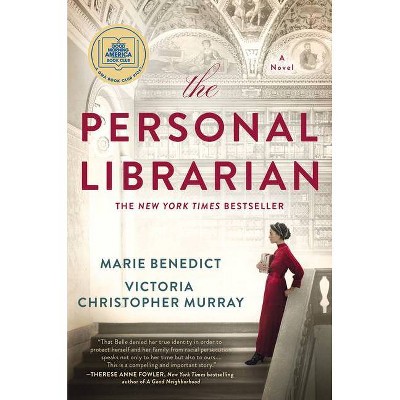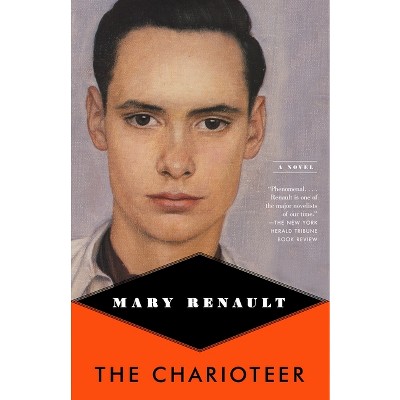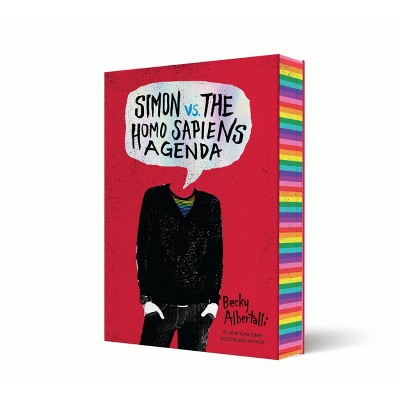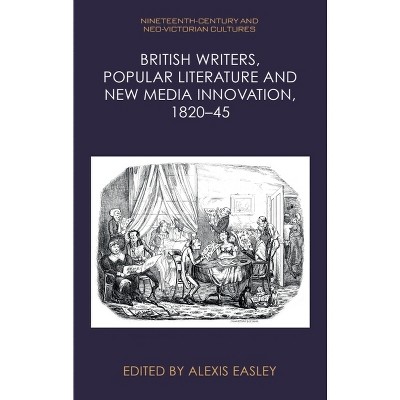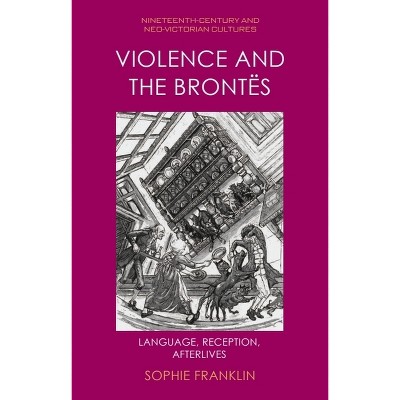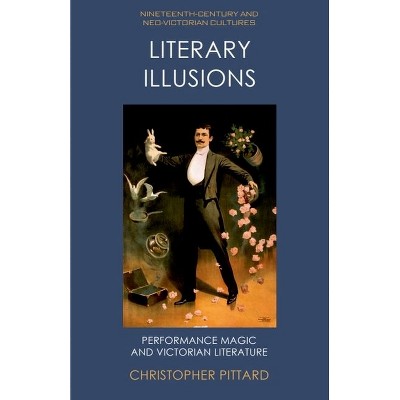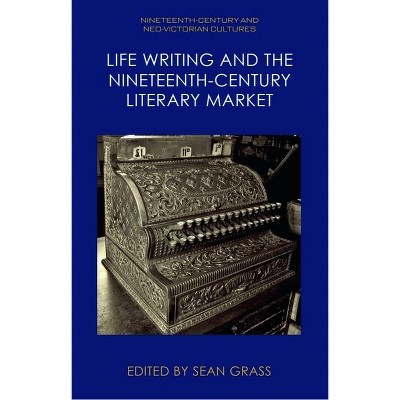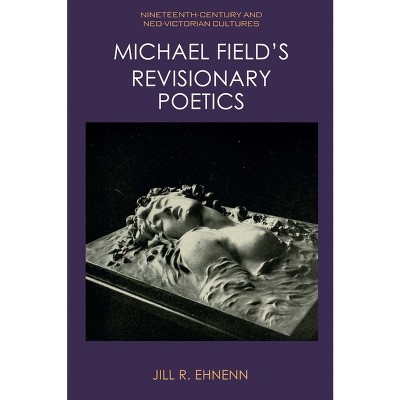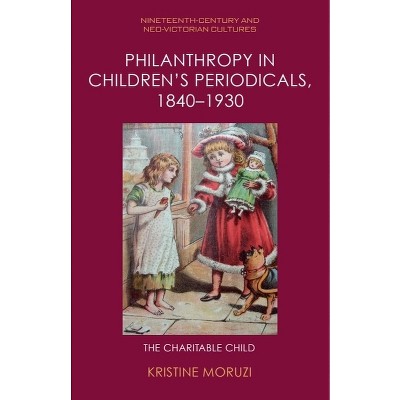Queer Books of Late Victorian Print Culture - (Nineteenth-Century and Neo-Victorian Cultures) by Frederick D King (Hardcover)

About this item
Highlights
- Queer books, like LGBTQ+ people, adapt heteronormative structures and institutions to introduce space for discourses of queer desire.
- About the Author: Frederick D. King is Assistant Professor for the Faculty of Management at Dalhousie University.
- 272 Pages
- Literary Criticism, Modern
- Series Name: Nineteenth-Century and Neo-Victorian Cultures
Description
About the Book
Brings together queer theory and textual studies to revise our understanding of nineteenth-century print cultureBook Synopsis
Queer books, like LGBTQ+ people, adapt heteronormative structures and institutions to introduce space for discourses of queer desire. Queer Books of Late-Victorian Print Culture explores print culture adaptations of the material book, examining the works of Aubrey Beardsley, Michael Field, John Gray, Charles Ricketts, Charles Shannon and Oscar Wilde. It closely analyses the material book, including the elements of binding, typography, paper, ink and illustration, and brings textual studies and queer theory into conversation with literary experiments in free verse, fairy tales and symbolist drama. King argues that queer authors and artists revised the Revival of Printing's ideals for their own diverse and unique desires, adapting new technological innovations in print culture. Their books created a community of like-minded aesthetes who challenged legal and representational discourses of same-sex desire with one of aesthetic sensuality.From the Back Cover
[headline]Brings together queer theory and textual studies to revise our understanding of nineteenth-century print culture Queer books, like LGBTQ+ people, adapt heteronormative structures and institutions to introduce space for discourses of queer desire. Queer Books of Late-Victorian Print Culture explores print culture adaptations of the material book, examining the works of Aubrey Beardsley, Michael Field, John Gray, Charles Ricketts, Charles Shannon and Oscar Wilde. It closely analyses the material book, including the elements of binding, typography, paper, ink and illustration, and brings textual studies and queer theory into conversation with literary experiments in free verse, fairy tales and symbolist drama. King argues that queer authors and artists revised the Revival of Printing's ideals for their own diverse and unique desires, adapting new technological innovations in print culture. Their books created a community of like-minded aesthetes who challenged legal and representational discourses of same-sex desire with one of aesthetic sensuality. [bio]Frederick D. King teaches at Dalhousie University as an Assistant Professor for the Faculty of Management. His research examines Victorian literature and print culture, aestheticism, decadence, and queer theory. His work has been published in the Journal of Modern Literature, Contemporary Literature, Victorian Periodicals Review, Cahiers Victoriens et édouardiens and Victorian Review.Review Quotes
This work by King (Dalhousie Univ. Nova Scotia) examines the ways queer books of the late Victorian period adapted type, paper, ink, bindings, and explicit illustrations. The author explains how the appearance and physical feel of books were designed to enhance erotic experience. Aesthetic sensuality brought together communities of writers to challenge heteronormativity. The three-dozen high-quality illustrations, unfortunately reproduced in black and white, are unable to portray the books' use of color as an essential ingredient. Works by Aubrey Beardsley, Michael Field, John Gray, Charles Ricketts, Charles Shannon, and Oscar Wilde are discussed. This well-documented volume has a comprehensive bibliography and offers fresh insights for students of the Victorian aesthetic movement and for bibliophiles.
Summing Up: Highly recommended.--J. D. Vann, emeritus, University of North Texas "CHOICE"Drawing on key works of aestheticism and decadence, King demonstrates how the material forms and contents of these texts collaborate to produce queer meanings and communicate queer desire. A rich, compelling and fresh approach that will delight fin-de-siècle scholars and bibliophiles alike.--Kirsten MacLeod, Newcastle University
About the Author
Frederick D. King is Assistant Professor for the Faculty of Management at Dalhousie University. He earned his PhD at the University of Western Ontario. His research examines Victorian literature and print culture, aestheticism, decadence and queer theory. It has appeared in the Journal of Modern Literature, Contemporary Literature, Victorian Periodicals Review, Cahiers Victoriens et édouardiens and Victorian Review.
Shipping details
Return details
Guests also viewed
